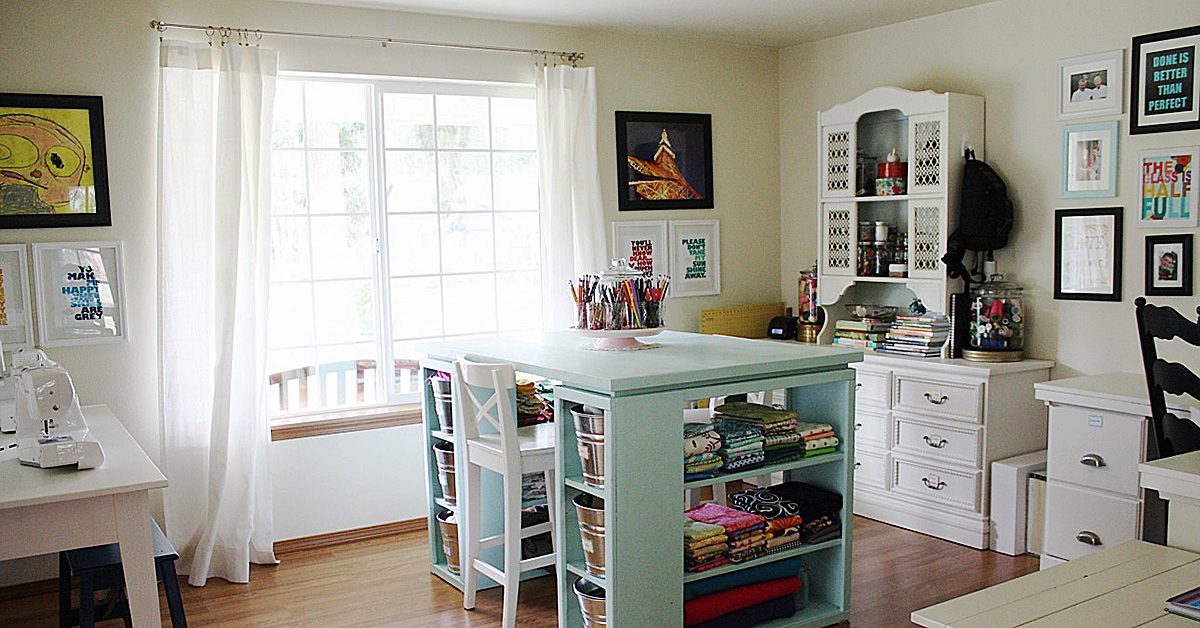In my house, one of the best times to get some sewing done his after everyone house has gone to bed. The only problem with this is the lighting. As I’ve gotten older, I’ve found that the regular lighting in the room is not sufficient for a sewing project. Instead, I’ve come up with some ways to bring a little more light to my sewing area without taking up valuable sewing surface space.
Clip-on lights
I used to have one of these as a kid, clipped on my headboard. It was great for reading in bed at night. Now I have one clipped to my sewing desk. The head bends and swivels so I can change the angle to bring lighting to the appropriate area. Much easier than trying to do this with a flashlight between my teeth! I also have a clip-on light with a longer neck attached to the back of my chair. It comes up over my shoulder and provides lighting to the shadow areas closest to my body.
Bulbs
I use higher wattage bulbs to increase the total amount of light available. Personally, I prefer 120-watt (or equivalent LED) bulbs to provide light for close sewing work. Since that’s too bright for the daytime any regular lights in the room have three-way switch options. This way everyone can have the amount of light they need for whatever activity they’re doing.
My daughter uses the sewing room for her own projects and does not like as much light as I do. Also, the three-way light option means that I can have less bulb lighting during the day and more natural lighting if I prefer.
I have a friend who has an overhead light with four bulbs. When she turns it on, she can choose to have either sets of two or all four bulbs lit. By placing lower wattage bulb in two of the lights and higher watt bulbs in the other two, she’s able to maximize her options.


